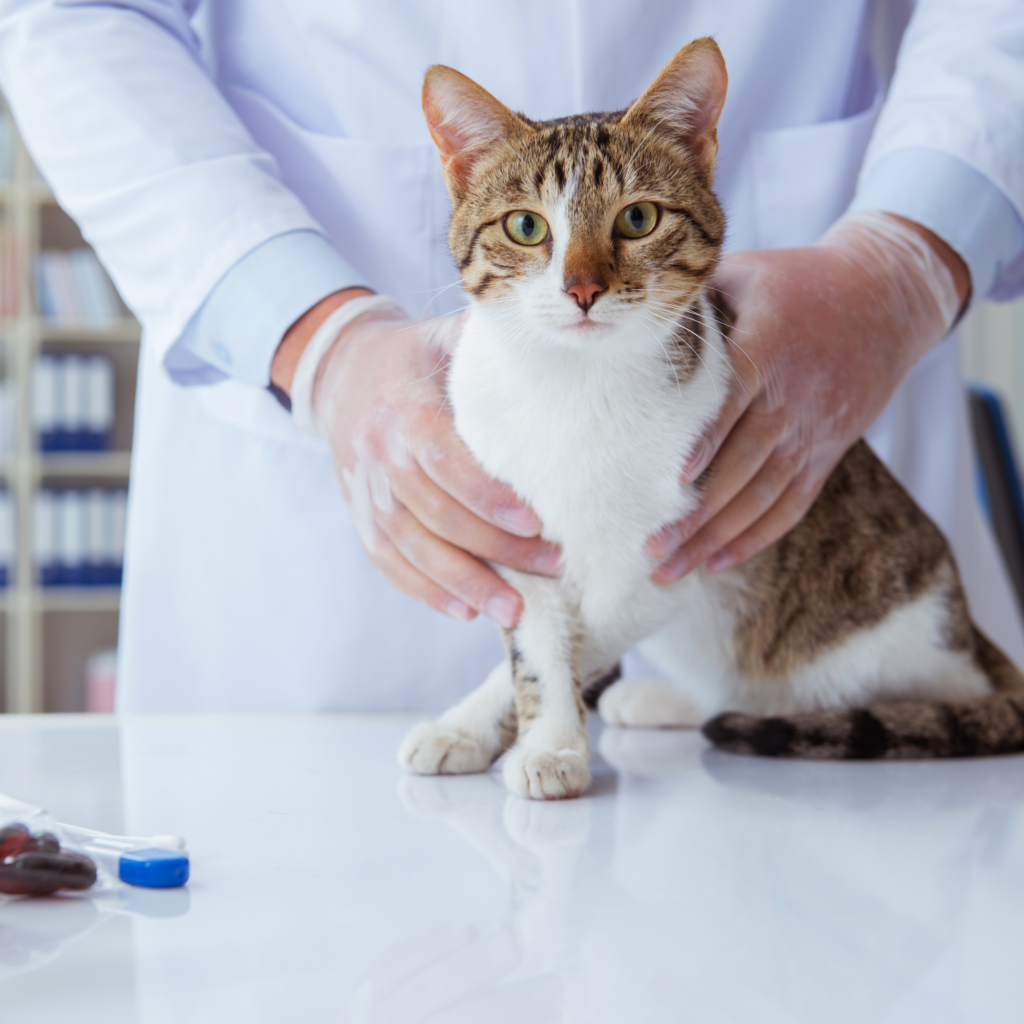A Deep Dive into Raw Diets for Cats: Nature’s Menu
Pet nutrition is a widely discussed topic among pet owners, veterinarians, and pet care experts. One particular area of focus in recent years has been the raw diet for cats. A raw diet, often referred to as a “biologically appropriate raw food” or “bones and raw food” (BARF) diet, involves feeding cats uncooked meat, offal, and bones, aligning with the dietary habits of their wild ancestors.
However, while some pet owners swear by this practice, it’s essential to understand the potential benefits and drawbacks before deciding to feed your cat a raw diet. This article aims to provide a comprehensive overview of raw diets for cats, discussing their benefits, potential risks, and implementation guidelines. Let’s take a deep dive into Raw Diet for Cats: Nature’s Menu.
Find the nutrient criteria for cats on AAFCO.
Table of Contents
Raw Diet: An Overview(Raw diet for cats continued)
Cats are obligate carnivores, meaning their bodies are adapted to a diet that’s high in protein and low in carbohydrates. In the wild, cats would typically consume small prey animals, such as rodents and birds, which provide them with all the nutrients they need. A raw diet attempts to replicate this natural feeding behavior in domesticated cats, usually comprising raw muscle meat, organ meat, and often, raw bones.
Benefits of a Raw Diet for Cats
Advocates of a raw diet often list a myriad of health benefits they believe are attributable to this type of feeding. Let’s take a closer look at these potential advantages.
- Improved Digestive Health: A raw diet is generally low in carbohydrates, which aligns with a cat’s natural eating habits. This could potentially lead to better digestive health since cats have evolved to digest meat efficiently.
- Dental Health: Chewing on raw bones is thought to help keep a cat’s teeth clean, preventing dental diseases.
- Enhanced Skin and Coat Health: A diet rich in high-quality proteins and fats, which are plentiful in raw diets, can contribute to healthier skin and a shinier coat.
- Weight Management: A raw diet can aid weight management since it tends to be more filling and less calorie-dense than some commercial cat foods.
Potential Risks and Concerns
Despite these potential benefits, several risks and concerns are associated with a raw diet.
- Nutritional Balance: Achieving the correct balance of nutrients can be challenging with a raw diet. Cats require a precise mix of protein, fats, and micronutrients, such as taurine, to stay healthy. Inadequate levels can lead to serious health problems.
- Foodborne Illness: Raw meat can carry harmful bacteria like Salmonella and E.coli, posing risks to both cats and humans in the household.
- Bone Ingestion: While many proponents of raw diets advocate for feeding raw bones to cats, if not appropriately prepared, they can pose a choking hazard or cause internal damage.
Implementing a Raw Diet: Practical Tips
If you choose to feed your cat a raw diet, it’s crucial to do so safely and effectively.
- Balance is Key: To ensure nutritional balance, it’s advisable to consult a veterinary nutritionist who can help create a balanced, homemade raw diet. Some pet food companies also offer commercially prepared raw diets that are nutritionally complete.
- Safe Handling and Preparation: Always handle and prepare raw meat as you would for human consumption. This includes thoroughly washing hands and surfaces and storing the meat at the correct temperature to prevent bacterial growth.
- Monitor Bone Size: If you choose to feed your cat raw bones, make sure they’re appropriately sized for your cat. They should be small enough to chew but not so small that they pose a choking hazard.
- Regular Check-ups: Regular veterinary check-ups are essential to monitor your cat’s health, especially when starting a new diet. Regular blood work and other diagnostic tests can ensure that your cat is not experiencing any adverse effects from the diet.
Conclusion
A raw diet for cats can offer potential benefits, but it’s not without risks. As a pet owner, it’s your responsibility to ensure your cat’s diet meets all their nutritional needs and is safe for them to eat. Always consult a veterinarian or a veterinary nutritionist before making significant changes to your cat’s diet.
While a raw diet can simulate the kind of food your cat would eat in the wild, remember that domesticated cats have been living alongside humans and eating human-prepared food for thousands of years. Therefore, it’s vital to make informed, careful decisions about your cat’s nutrition for their well-being and longevity.
FAQ’S
Is raw diet good for cats?
A raw diet can be beneficial for cats as it closely mimics their natural diet. However, it is important to consult with a veterinarian before making any changes to your cat’s diet, as there can be potential risks and nutritional imbalances associated with feeding raw food.
What should be in a raw cat diet?
A raw cat diet typically consists of muscle meat, organs (such as liver and kidney), bones, and supplements like taurine and fish oil.
Why don’t vets recommend a raw diet for cats?
Veterinarians typically do not recommend a raw diet for cats due to several reasons. Raw diets can pose risks such as bacterial contamination, nutrient imbalances, and potential health hazards for both the cats and their owners. Additionally, formulating a nutritionally complete and balanced raw diet for cats can be challenging. It is important to consult with a veterinarian to ensure that your cat’s diet meets their specific nutritional needs.
Do cats live longer on raw diet?
There is no conclusive scientific evidence to suggest that cats live longer on a raw diet. It is important to consult with a veterinarian before making any significant changes to your cat’s diet to ensure that their nutritional needs are being met.

